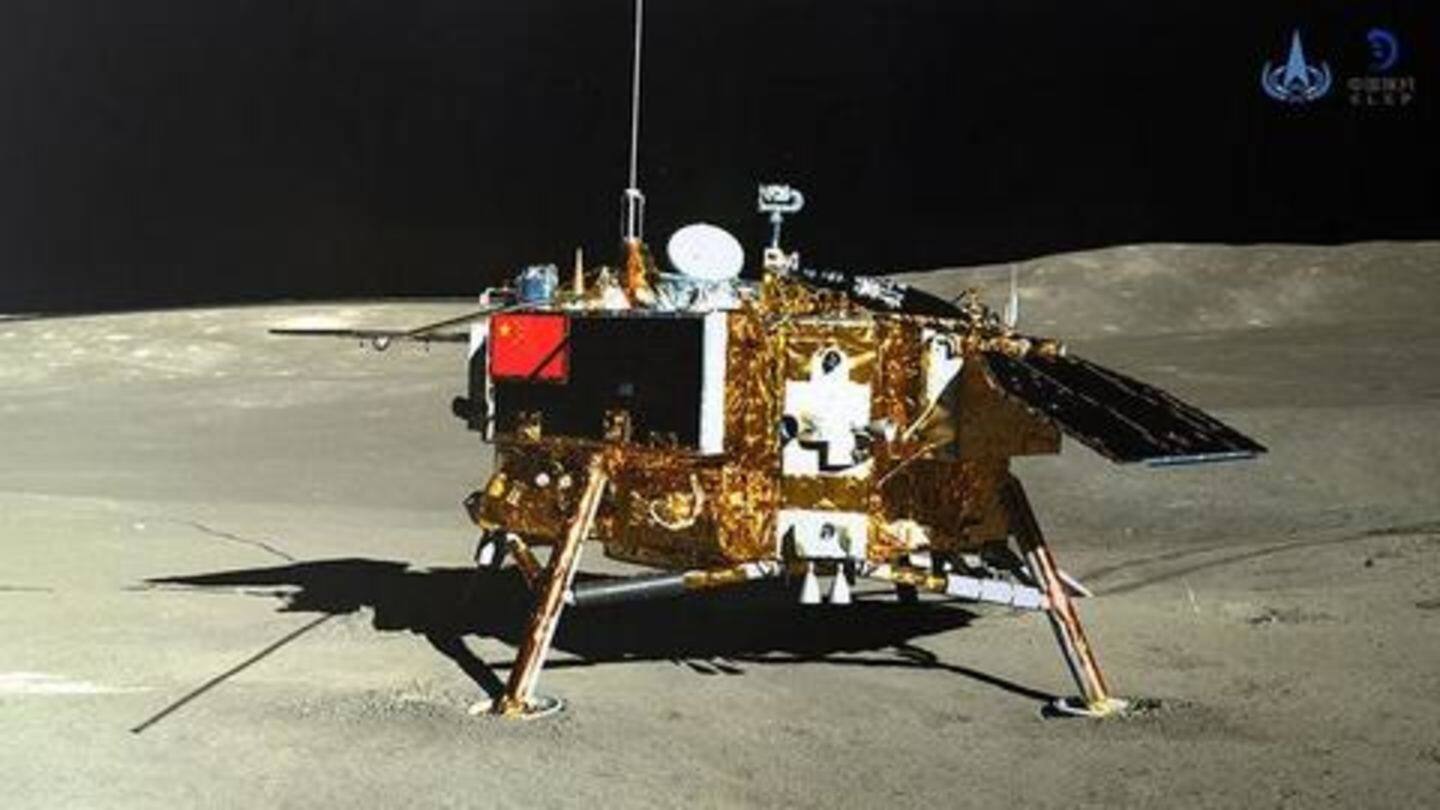
Days after sprouting, China's moon plants die a cold death
What's the story
Two days after China made history by sprouting the first-ever seeds on the moon, tragedy has befallen the tiny sapling. The sapling, which relied on sunlight falling on the moon's surface, perished as night fell on the dark side of the moon. However, Chinese scientists say that this was anticipated, and there's no need for alarm. The experiment still served its purpose. Here's more.
History
China made space exploration history on January 15
On January 15, Chinese state media reported that cotton seeds carried to moon on board the Chang'e-4 probe had sprouted. The development marked the first time biological matter had ever grown on the moon, and the success of the experiment hinted at a future where it would be possible to grow food on the moon, and even establish forward bases for space exploration.
Death
The sapling withered and died in the extreme lunar conditions
However, while the sprouting of the seeds marked a huge leap for humankind, the sapling met with a rather premature demise. As night fell on the dark side of the moon, sunlight receded, and temperatures dropped to around -170 degrees Celsius, the sapling's short life came to an end as the canister within which it was encased apparently did not have a battery-powered heater.
Reactions
What Chinese scientists had to say
Reacting to the sapling's death, Chinese scientists said that it was expected, given the fact that night on the moon lasts for around two weeks. Meanwhile, the fate of the other biological matter on board Chang'e-4 is not known. Apart from cotton seeds, the probe had carried potato seeds, Arabidopsis seeds, yeast, and fruit fly eggs.
Quote
Chinese scientists had expected death during the lunar night
"Life in the canister would not survive the lunar night," Professor Xie Gengxin of Chongqing University, who led the design of the mini biosphere experiment, had told Chinese media.
Chang'e-4
Chang'e-4 has also gone into hibernation for the long night
With the first long night having descended on the moon since Chang'e-4 made its historical landing on January 3, the probe has gone into sleep mode, and will remain dormant till the sun comes out again. Thus, till such time that happens, China's mission of using Chang'e-4 to gather detailed data on the lunar surface has been put on hold.
Chang'e missions
If all goes well, Chang'e-5 could launch this year
For those unaware, Chang'e-4 is the latest step in China's ambitious plan of robotic lunar exploration. Named after the Chinese goddess of the moon, the Chang'e missions began in 2007 when China launched its Chang'e-1 lunar orbiter. The Chang'e-2 orbiter was launched in 2010, and the Chang'e-3 lander-rover pair touched down on the near side of the moon in 2013. If all goes well, Chang'e-5 could launch this year itself.